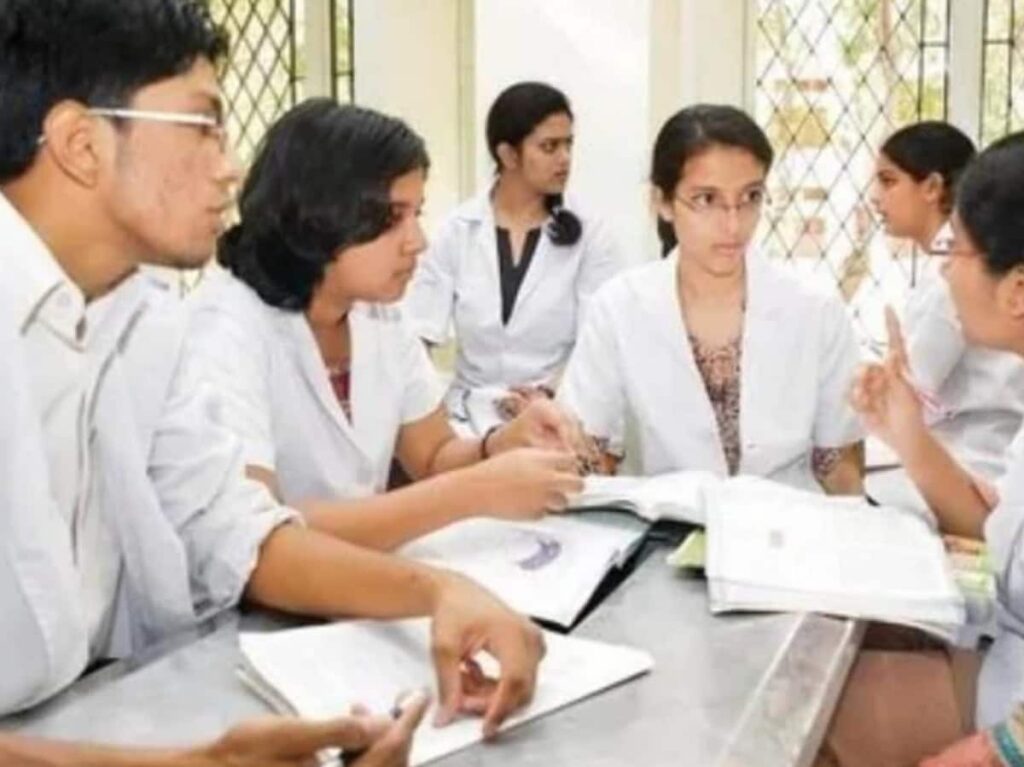The Supreme Court has issued a pivotal directive emphasizing that medical courses should not have any vacant seats. This ruling underscores the necessity for a collaborative approach involving states and relevant stakeholders to ensure optimal utilization of available educational resources in the medical field. This decision aims to bridge the gap between demand and supply of medical education in India, especially in the wake of an ongoing health crisis.
Importance of Medical Education Accessibility
Access to medical education is crucial for addressing healthcare needs in any country. With rising populations and increasing health challenges, there is an urgent need for a robust pipeline of qualified medical professionals. The Supreme Court’s ruling highlights the following key points:
- Ensures that all available seats in medical colleges are filled.
- Encourages states to actively participate in addressing issues of vacancies.
- Paves the way for discussions among various stakeholders involved in medical education.
Factors Leading to Vacancies in Medical Seats
Despite the increasing demand for medical professionals, several factors contribute to the underutilization of available seats in medical colleges:
1. Admission Process Inefficiencies
Lengthy and complex admission procedures can discourage prospective students from completing their applications. Timely and transparent processes are essential to filling seats effectively.
2. Lack of Awareness
Many potential candidates are unaware of the opportunities available in medical education or the requirements to apply. Increased outreach and awareness campaigns are necessary to mitigate this issue.
3. Financial Barriers
The high cost of medical education can deter students from pursuing this path. Providing scholarships and financial aid can help make medical education more accessible.
Collaborative Measures for Filling Medical Seats
The Supreme Court’s directive for a meeting involving the Center, states, and stakeholders will focus on several collaborative strategies:
| Stakeholder | Possible Contributions |
|---|---|
| Central Government | Policy formulation, funding, and national regulations for medical education. |
| State Governments | Addressing local issues, managing state-specific admissions, and enhancing infrastructure. |
| Medical Colleges | Streamlining their admission processes and increasing outreach. |
| Educational NGOs | Providing awareness programs and counselling for aspirants. |
Conclusion
The Supreme Court’s directive is a significant step toward ensuring that medical education in India is accessible and fully utilized. By facilitating collaboration among relevant stakeholders, this initiative can potentially resolve the issue of vacant seats in medical colleges, thereby addressing the urgent need for qualified healthcare professionals in the country. Efforts must be made not only to fill the existing seats but also to ensure that future generations of healthcare workers are adequately trained to meet societal health demands.

